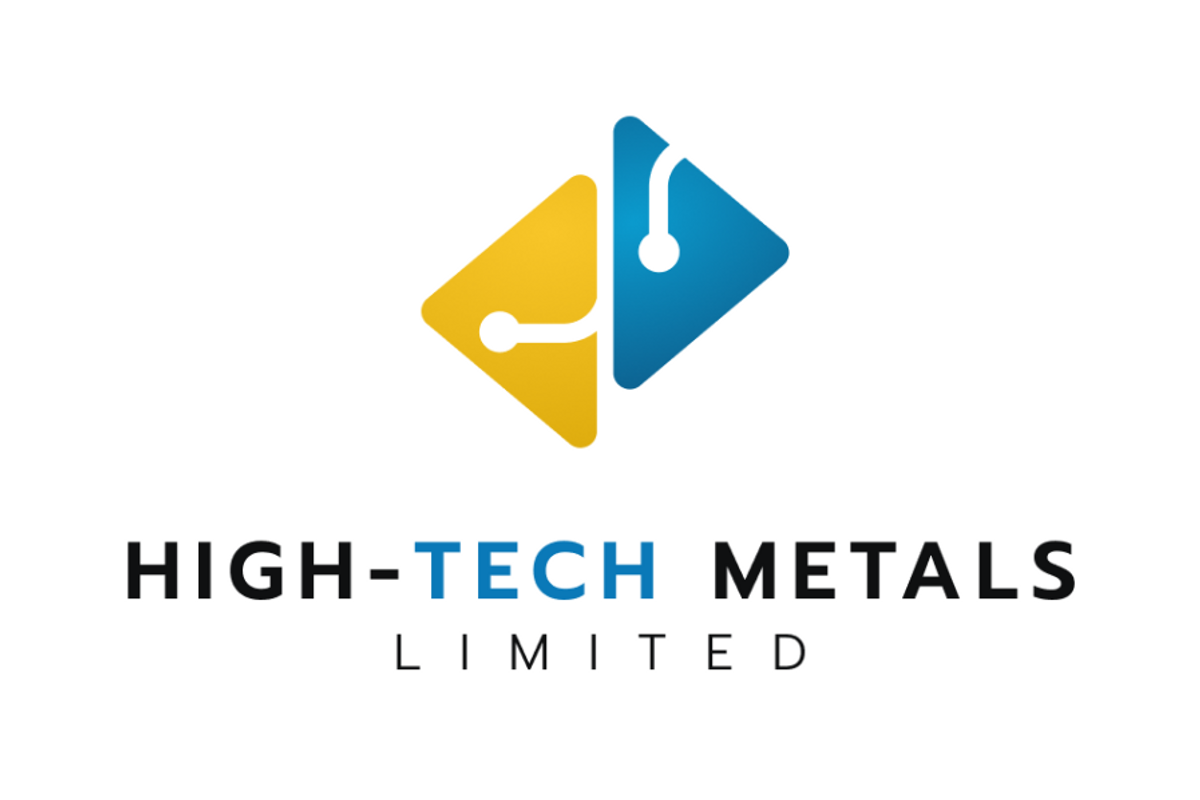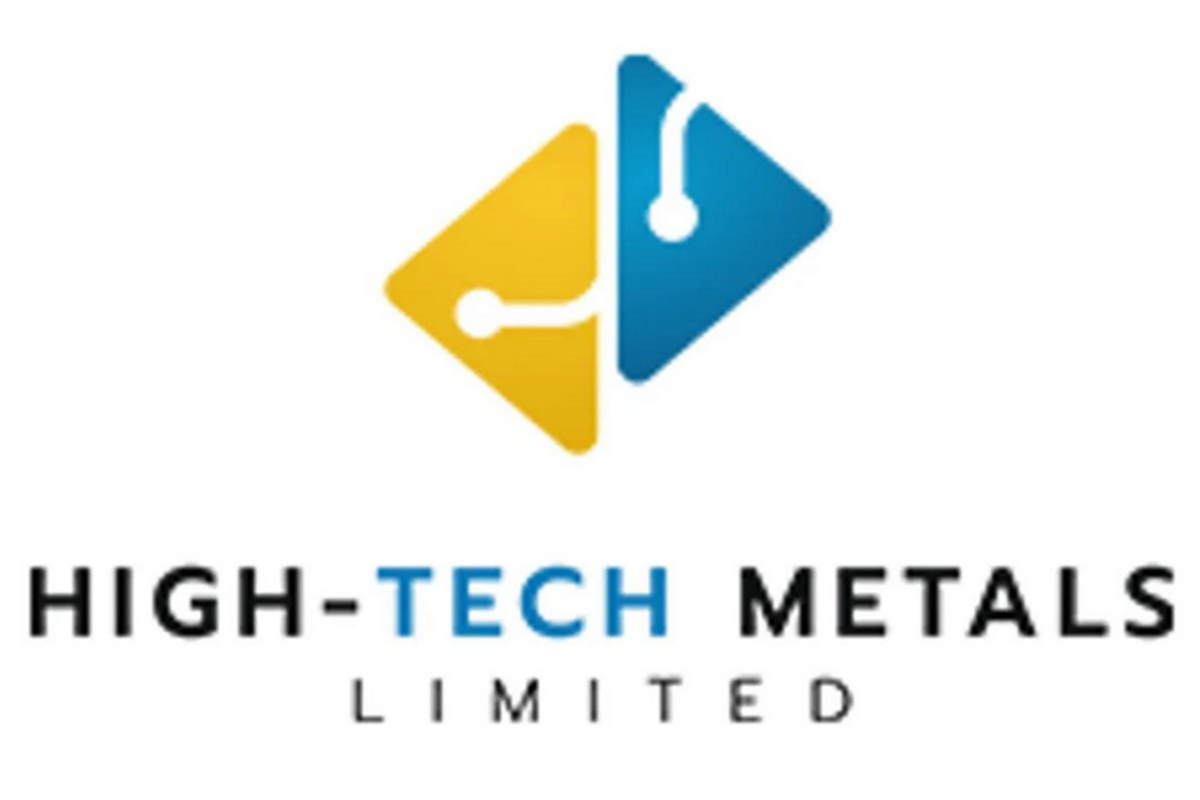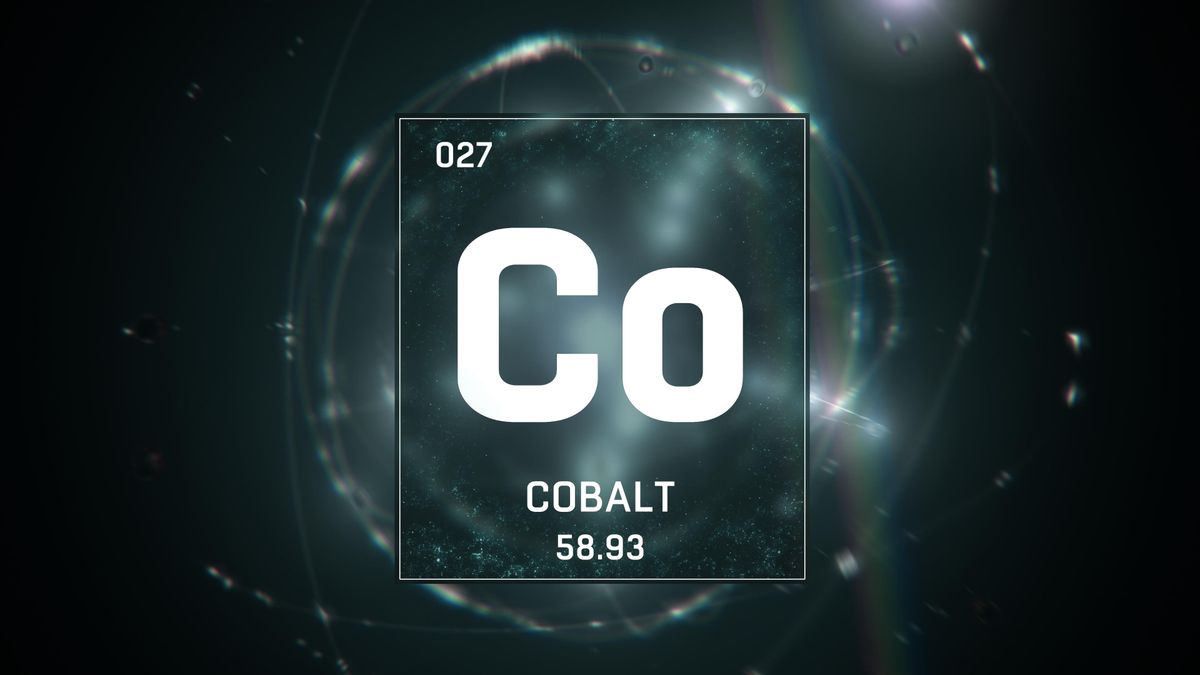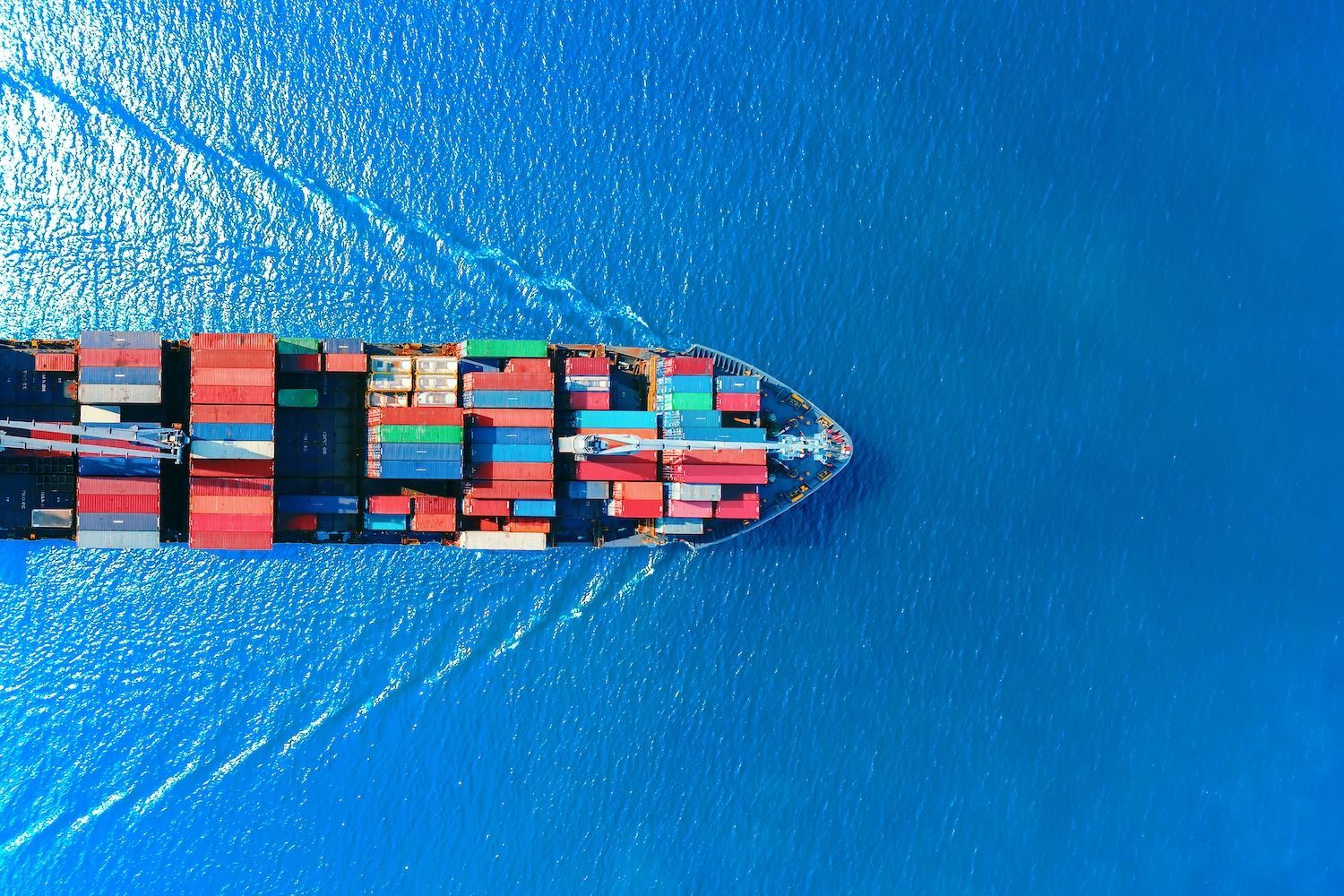
July 24, 2024
High-Tech Metals Limited (ASX: HTM) (High-Tech, HTM or the Company), a critical battery minerals exploration Company, is pleased to provide the following report on its activities for the Quarter ending 30 June 2024. The Company’s primary activities during the quarter were the desktop review of Werner Lake Project, Canada, (“Werner Lake”) and relinquishment of Ketele LCT Project, Ethiopia (“Ketele”).
HIGHLIGHTS
- HTM commenced desktop review of Werner Lake Project compiling all available historical data and newly acquired data.
- Desktop review to prepare for future exploration of the Werner Lake Project to unlock value.
- HTM has relinquished the Ketete LCT Project in Ethiopia.
Sonu Cheema, Executive Director, commented:
"It is a pleasure to update the market on quarterly activities of High-Tech’s, specifically the Werner Lake cobalt, nickel, and PGE Project. Over the last 18 months High-Tech has generated significant data from the successful sampling and drilling programs. Through the compilation of the available historical data and the data derived from our successful exploration, I believe we will unlock the true value of Werner Lake.”
Desktop Review – Werner Lake
HTM commenced a desktop review aimed at delineating future exploration programs based on all available historical data and newly acquired data. The data derived from the successful Drilling Program, which focused on high priority drill targets, adds to the extensive data available on Werner Lake (refer ASX announcement – Drilling Results at Werner Lake – released 27 November 2023).
High-Tech’s Exploration at Werner Lake
From the outset of the 2023 campaign, focus was on testing new targets away from the Werner Lake deposit. Two areas were selected for a comprehensive evaluation and assessment of the potential to locate economic cobalt, nickel, and PGE targets. These are shown below, essentially, the ‘East’ and ‘West’ blocks or grids.
The objective was to test cobalt, copper and nickel targets on a portion of the Werner Lake Property. The drill program was planned and carried out by the in-country geological consultants, Apex Geoservice (APEX). The program was completed on time and under budget.
Click here for the full ASX Release
This article includes content from High-Tech Metals, licensed for the purpose of publishing on Investing News Australia. This article does not constitute financial product advice. It is your responsibility to perform proper due diligence before acting upon any information provided here. Please refer to our full disclaimer here.
HTM:AU
The Conversation (0)
08 November 2023
High-Tech Metals
Capitalizing on Exploration Upside Potential of a Historic Cobalt Project
Capitalizing on Exploration Upside Potential of a Historic Cobalt Project Keep Reading...
12 January
Appointment of Chief Executive Officer
High-Tech Metals (HTM:AU) has announced Appointment of Chief Executive OfficerDownload the PDF here. Keep Reading...
31 October
Top 5 Canadian Cobalt Stocks of 2025
Cobalt prices regained momentum in the third quarter of 2025 as tighter export controls from the Democratic Republic of Congo (DRC) fueled expectations of a market rebound. After languishing near multi-year lows early in the year, the metal surged to US$47,110 per metric ton in late October, its... Keep Reading...
27 October
Top 3 ASX Cobalt Stocks of 2025
Cobalt is used in a wide variety of industrial applications, with lithium-ion batteries for electric vehicles (EVs) and energy storage systems as the largest demand segment. As an important battery metal, cobalt's fate is tied to demand for EVs. The EV market may be facing headwinds now, but the... Keep Reading...
24 October
Cobalt Market Update: Q3 2025 in Review
Tight export controls out of the Democratic Republic of Congo (DRC) added tailwinds to cobalt prices in Q3, prompting market watchers to anticipate a shift from oversupply to balance in the coming months. After starting the year at lows unseen since 2016 (US$21,502 per metric ton), cobalt began... Keep Reading...
16 October
US Cancels US$500 Million Cobalt Tender in Setback for Critical Minerals Strategy
The US Department of Defense has canceled its long-awaited plan to buy up to US$500 million worth of cobalt, a mineral vital to electric vehicles, jet engines and advanced weapons systems.The Defense Logistics Agency (DLA) confirmed the cancellation in a notice published Wednesday (October 15),... Keep Reading...
02 October
Fortune Minerals Advancing NICO Project to Mine Construction Decision in 2026
Fortune Minerals (TSX:FT,OTCQB:FTMDF) is advancing its NICO cobalt-gold-bismuth-copper-critical minerals project in Canada toward a project construction decision by late 2026. Robin Goad, president and CEO, shared how government funding has been essential to advancing the NICO project.Fortune... Keep Reading...
22 September
DRC to End Cobalt Export Ban, Move to Quota System
The Democratic Republic of Congo (DRC) announced it will lift its eight month cobalt export ban on October 16, replacing it with annual quotas designed to stabilize global supply and prices.Bloomberg reported that the country's Authority for the Regulation and Control of Strategic Mineral... Keep Reading...
Latest News
Interactive Chart
Latest Press Releases
Related News
TOP STOCKS
American Battery4.030.24
Aion Therapeutic0.10-0.01
Cybin Corp2.140.00






